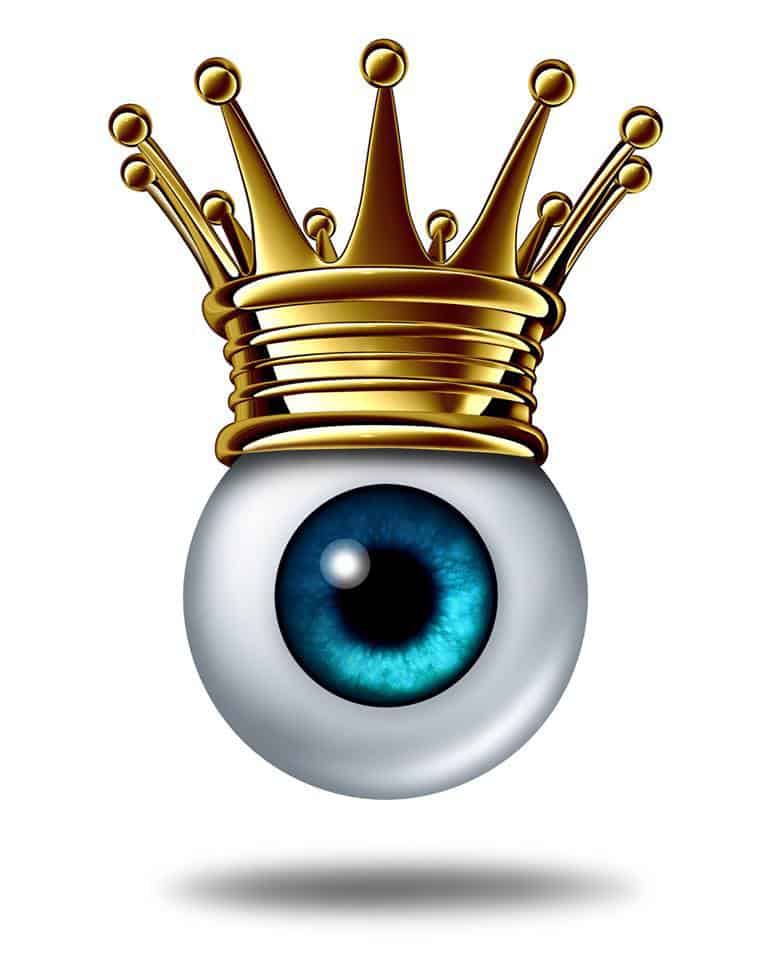What should one expect from a standard ophthalmic exam? The ophthalmologist asks the patient questions regarding the patient’s current and past medical history, overall health and their family medical history. The patient should inform the doctor if any eye problems have been noticed. The visual acuity or vision of the patient is checked using a chart (usually a Snellen chart), consisting of random letters of varying sizes. Children are given symbols and pictures.
To see the cornea or the clear surface of the eye, a magnifying device known as a slit lamp is used by the doctor. The doctor looks inside the patients’ eye using an ophthalmoscope (a special instrument with a light on the end) to see the retina, (the back of the eye known as the fundus). This way the retinal periphery, retinal vessels and the optic disc or optic nerve head are observed. Sometimes the patient’s pupils are dilated with eye drops so that the back of the eye can be seen well by the doctor. This can cause temporary blurring of vision and the patient is advised to avoid driving or straining the eyes for several hours.
Various methods are employed using different instruments to see how the patient’s eyes react to light, eye movement and if the eyes are balanced and well aligned. A visual field machine is used to test the peripheral vision of the patient. Colour blindness is tested using special charts. To check if the patient is in requirement of corrective glasses, several lenses are places in front of the patients’ eye, one at a time, and the patient is asked to read the Snellen chart each time. The lenses correct farsightedness, nearsightedness, astigmatism and reading problems due to aging.
A method known as tonometry is used to check the eye pressure for glaucoma. Glaucoma is the collective name given to a group of eye diseases primarily affecting the optic nerve. These tests cause no pain or discomfort.
Regular eye exams are a must, because they can detect eye problems early and detect other changes as well. A routine eye test can reveal so much – Cataracts, Glaucoma, Diabetes, Macular degeneration and High blood pressure just to name a few. Specific professions such as pilots, race car drivers and military personnel among others should definitely get their eyes checked more regularly than other people – in fact, these professions make eye exams mandatory. Diabetics should ideally go for an annual eye test and more frequently if diabetic eye disease is detected. Already diagnosed glaucoma patients are to check their eyes every four months.
“Remember to keep an eye on your eyes”
- 10 SIGNS YOU NEED AN EYE EXAM - May 20, 2018
- WORLD GLAUCOMA WEEK - March 11, 2018
- The Importance OfEye Exams - February 5, 2018


Recent Comments